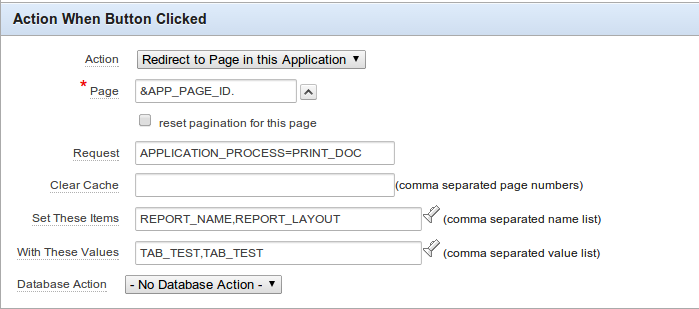Times at specific time zones
These past couple of weeks, I have been doing some work with some external APIs, so have had to do some time stamp manipulation. Here are some tips I've learnt along the way. A quick way to get UTC time, is with the function: sys_extract_utc . With that, we can quickly get the UTC timestamp. Here is an example to return the UTC time in RFC3399/ISO8601 format: to_char( sys_extract_utc(systimestamp) , 'yyyy-mm-dd"T"hh24:mi:ss.ff3"Z"' ) To return that back into local time, you want to declare a variable with time zone support. So just say the string you have is: 2014-04-17T02:46:16.607Z, you'll want to declare it with a time zone attribute. l_time timestamp with time zone; Since Z refers +00:00, you need to set the time zone. If you call to_timezone or to_timezone_tz , without specifying the timezone, it will create the time in the local time zone, so we need to specifically set it with from_tz . Either: l_time := to_timestamp_t...
